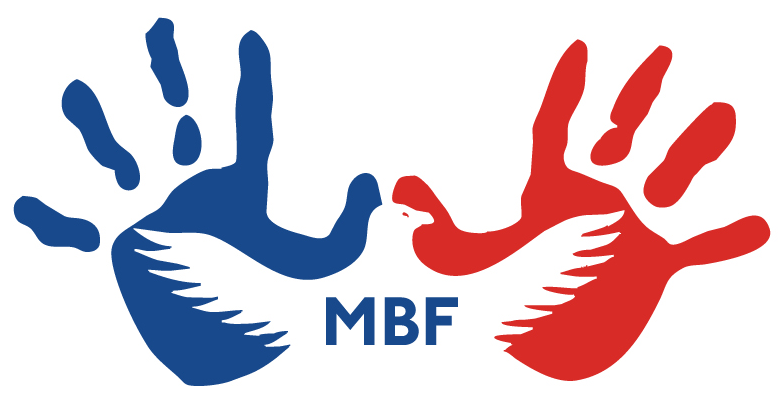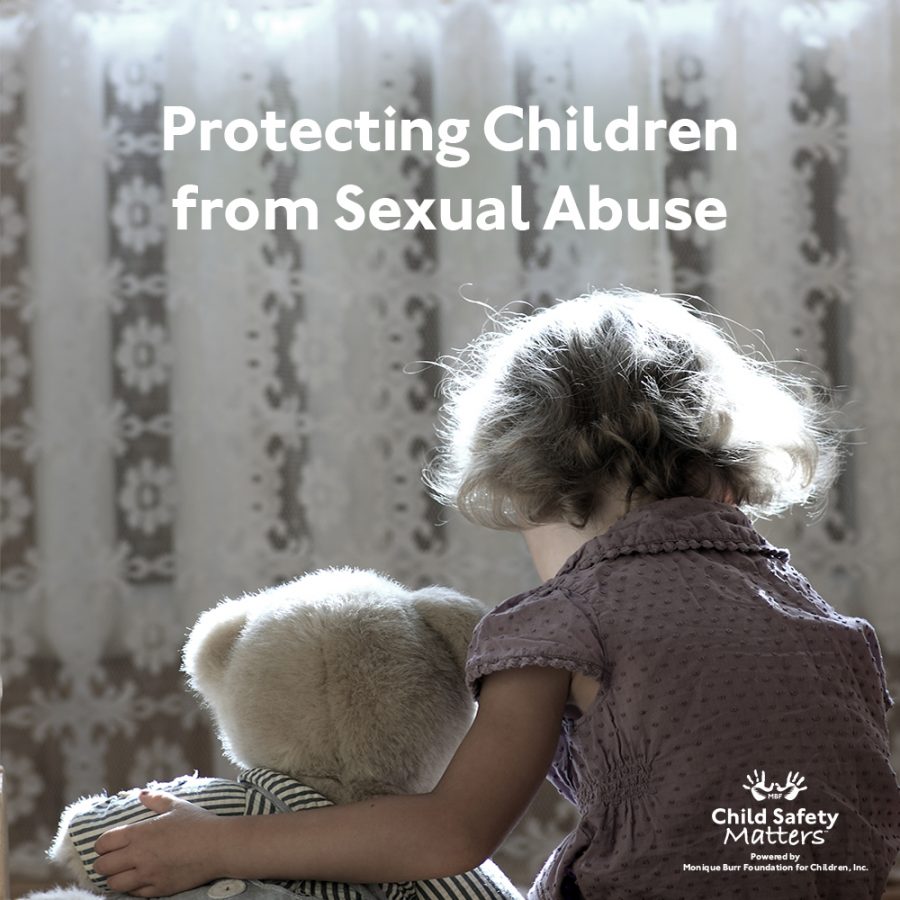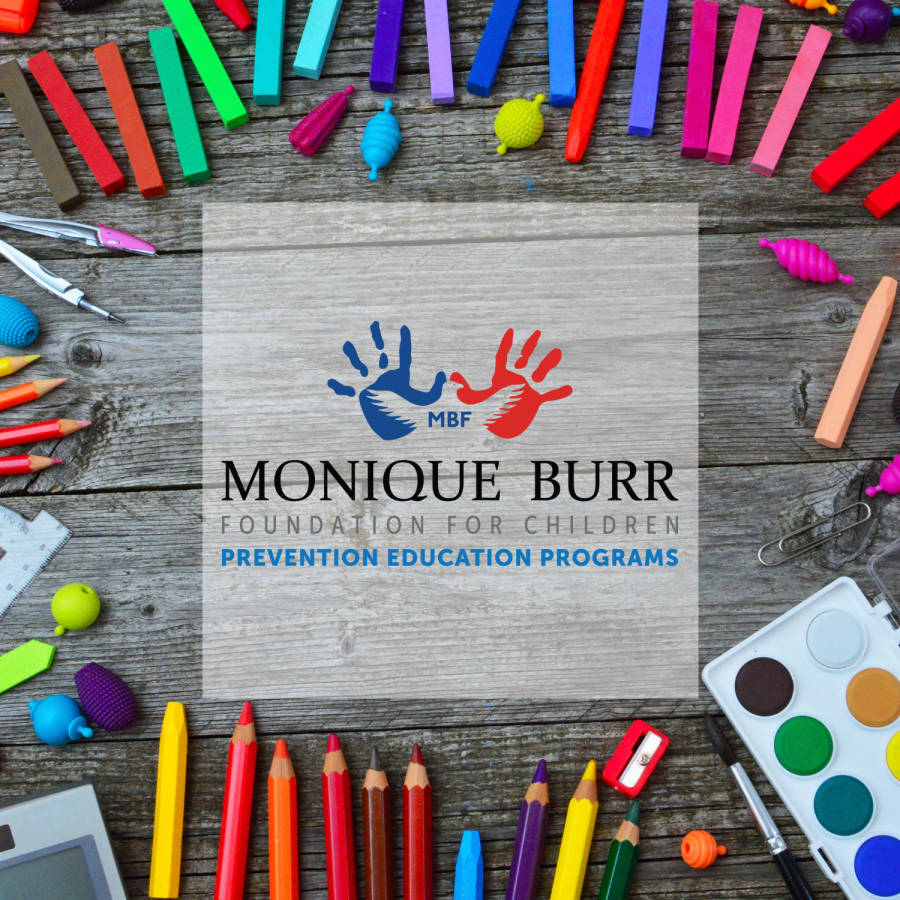Headlines over the past few months have brought to light sex abuse scandals in the world of U.S gymnastics:
2/19/17: Ex-Olympian Among US Gymnasts Claiming Sex Abuse by Team Doctor
2/14/17: Michigan State Suspends Gymnastics Coach Accused of Ignoring Abuse Claim
12/16/16: US Gymnastics Scandal: 368 Cases of Child Sex Abuse in 20 Years
8/27/16: Investigation Alleges USA Gymnastics Turned ‘Blind Eye’ to Abuse
When we see news like this, we react with shock about the sick reality that this is happening in our world. We often shake our heads and wonder how something like this could happen, especially over a 20-year period. Headlines such as these create the harsh awareness of the problem of sexual abuse, albeit for a short period of time.
Statistics tell us that child sexual abuse is happening all the time, not just when the media exposes it in a sensational manner. One out of 10 children will be sexually abused by the time they turn 18 years old. Perpetrators of child sexual abuse may gain the trust of potential child victims and their caregivers by methodically “grooming” them. The National Center for Victims of Crime outlines the following steps that sex offenders use to groom their victims:
- Identifying and targeting the victim. Any child or teen may be a potential victim. Some predators may be attracted to children and youth with certain characteristics or may target youth with certain co-existing factors—such as vulnerable parents—to facilitate the crime.
- Gaining trust and access. The perpetrator may observe the child and assess his/her vulnerabilities to learn how best to approach and interact with the child. Perpetrators may offer the victims special attention, understanding and a sympathetic ear, and then engage the child in ways that eventually gain their friendship and trust (they may play games with victims or give them rides, provide them with gifts and/or special treats).
- Playing a role in the child’s life. The perpetrator may manipulate the relationship so that it appears he or she is the only one who fully understands the child or meets the child’s needs in a particular way. A perpetrator may also exploit a youth’s empathy and convince the young person that s/he is the only one who understands the perpetrator and reinforce that the perpetrator “needs” the child or youth.
- Isolating the child. Offering the child rides and/or taking the child out of his or her surroundings is one way that the perpetrator may separate the child from others and gain access to the child alone, so that others cannot witness the abuse. (Note that in other instances, perpetrators have been successful in molesting victims without detection while other adults were in the room.)
- Creating secrecy around the relationship. The perpetrator may reinforce the special connection with the victim when they are alone or through private communication with the victim (such as letters, emails or text messages), and strengthen it with admonitions against telling anyone, lest others be unhappy about it. The perpetrator may threaten the victim with disclosure, suicide, physical harm to the child or loved ones, or other traumas if he or she tells.
- Initiating sexual contact. With the power over the child victim established through emotional connection, coercion or one of the other tactics, the perpetrator may eventually initiate physical contact with the victim. It may begin with touching that is not overtly sexual (though a predator may find it sexually gratifying) and that may appear to be casual (arm around the shoulder, pat on the knee, etc.). Gradually, the perpetrator may introduce more sexualized touching. By breaking down inhibitions and desensitizing the child, the perpetrator can begin overtly touching the child.
- Controlling the relationship. Perpetrators rely on the secrecy of the relationship to keep it going, and to ensure that the child will not reveal the abuse. Children are often afraid of disclosing the abuse. They may have been told that they will not be believed, or that something about the child “makes” the abuser do this to them. The child may also feel shame, or fear that they will be blamed. Often, the perpetrator threatens the child to ensure that s/he won’t disclose the abuse.
- Using their authority to initiate and sustain abuse. As was the case in the current media story, perpetrators may also use their position of authority to initiate sexual abuse. They may disguise the abuse as something that is a natural part of the relationship with the victim, and use their authority to ensure the child remains silent.
There are ways to protect your children however. Prevention of child sexual abuse begins with awareness and education.
It is important for adults to be educated. The Monique Burr Foundation for Children (MBF) is proud to be a founding member of the Child Sexual Abuse Prevention Coalition of Northeast Florida (CSAPC). CSAPC offers the Darkness to Light Stewards of Children program to community members and organizations to teach them 5 Steps to protect children from child sexual abuse. Visit www.csapc.org for more information and class dates.
It is equally as important for children to learn prevention strategies to protect themselves from all types of victimization. Check with your child’s school to see what type of school based prevention/safety program they may be using. If they are not using a program, encourage them to learn more about and use the MBF Child Safety Matters™ program for elementary schools. MBF Child Safety Matters educates and empowers students and all relevant adults in their lives to prevent, recognize, and respond appropriately to not only sexual abuse, but all types of child abuse, bullying, cyberbullying, and digital dangers as well. Visit mbfchildsafetymatters.org for more information and download the “Child Safety Matters” app at no cost from the App Store or Google Play to learn the 5 Safety Rules and how to better protect the children in your life.
MBF also offers free 1 hour online courses where you can learn more about pertinent topics related to child safety:
- Recognizing and Reporting Child Abuse/Neglect
- Real World Safety: Protecting children online and off from bullying, cyberbullying, and digital abuse
- Protecting Children from Child Sexual Abuse
Visit www.childsafetymattersedu.org to enroll in and take any of our free, online courses.
Learn more about grooming and child sexual abuse with these resources:
http://www.d2l.org/site/c.4dICIJOkGcISE/b.9314267/k.3928/Child_Sexual_Abuse_Statistics.htm
https://victimsofcrime.org/media/reporting-on-child-sexual-abuse/grooming-dynamic-of-csa
https://www.nsopw.gov/en-US/Education/CommonQuestions?AspxAutoDetectCookieSupport=1




